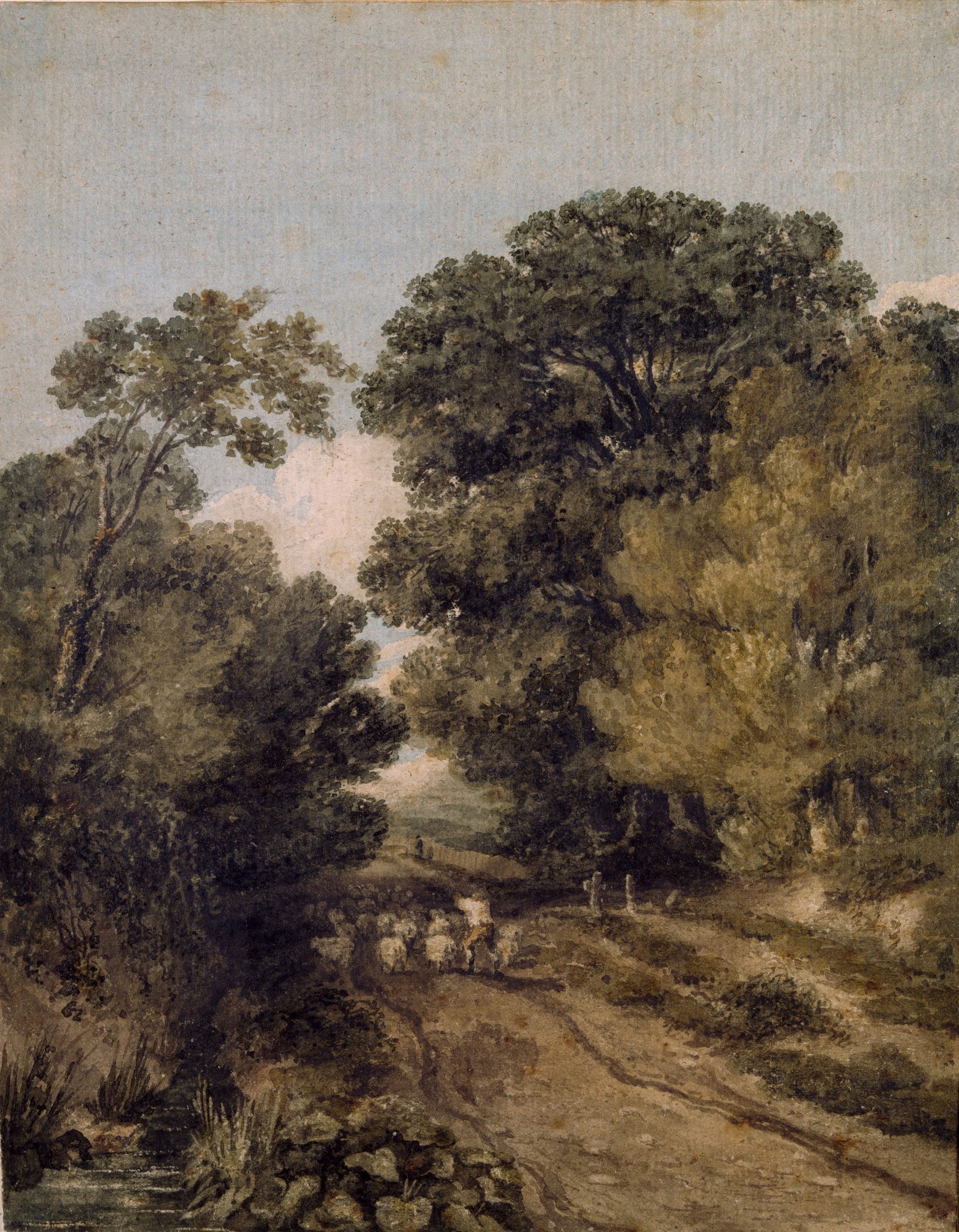Imagine a world where artificial intelligence (AI) possesses the remarkable ability to create, think, and express itself creatively. Can AI truly possess the elusive quality of creativity? This thought-provoking exploration delves into the intriguing question of whether AI, with all its computational power and algorithms, can tap into the realm of artistic expression, redefine creativity as we know it, and produce truly authentic and original works of art. Get ready to embark on a captivating journey to unveil the potential and limitations of AI in the realm of creativity, and challenge the boundaries of human imagination.
What is AI?
Artificial Intelligence, commonly known as AI, refers to the simulation of human intelligence in machines that are programmed to think and mimic human actions. It involves the development of computer systems capable of performing tasks that would normally require human intelligence. AI has become an integral part of our lives and has made significant advancements in various fields such as healthcare, finance, and transportation.
Definition of AI
AI can be defined as the branch of computer science that focuses on the creation and development of intelligent machines that can perform tasks without direct human intervention. These intelligent machines are designed to perceive their environment, understand human language, learn from experience, and make decisions based on the information they acquire.
Types of AI
There are different types of AI systems, each with varying levels of complexity and capabilities. The two main types of AI are:
- Narrow AI: Also known as weak AI, narrow AI is designed to perform specific tasks within a limited scope. Examples of narrow AI include virtual assistants like Siri and Alexa, image recognition software, and recommendation algorithms.
- General AI: General AI refers to the development of machines that possess the ability to perform any intellectual task that a human could do. This type of AI aims to replicate human intelligence and is still largely a theoretical concept.
Understanding Creativity
Creativity is a fundamental aspect of human intelligence that involves the generation of novel and valuable ideas, insights, and solutions. It is not limited to any specific field but is a fundamental aspect of human cognition and expression. Understanding creativity in the context of AI raises intriguing questions about the nature of intelligence and the potential for machines to exhibit creative thinking.
Defining creativity
Creativity is a complex phenomenon that can be defined as the ability to generate ideas or solutions that are original, valuable, and surprising. It involves the capacity to think beyond the boundaries of established knowledge and make connections between seemingly unrelated concepts. Creativity is not limited to a specific domain or activity but can occur in various fields, including art, science, technology, and business.
Characteristics of creative thinking
Creative thinking is characterized by certain key traits that distinguish it from other forms of thinking. These traits include:
- Fluency: The ability to generate a large number of ideas or solutions.
- Flexibility: The capacity to think in multiple ways and approach problems from different angles.
- Originality: The production of ideas or solutions that are novel and unique.
- Elaboration: The ability to refine and develop ideas further.
- Risk-taking: The willingness to challenge established norms and take bold steps.
- Persistence: The determination to overcome obstacles and work towards realizing creative ideas.
Creativity in the context of human intelligence
Creativity is often considered a defining aspect of human intelligence. It is a testament to our ability to think beyond the confines of logic and reason and to produce innovative ideas and expressions. Human creativity is influenced by a combination of factors, including knowledge, experience, emotions, and cultural influences. It involves both conscious and unconscious mental processes.
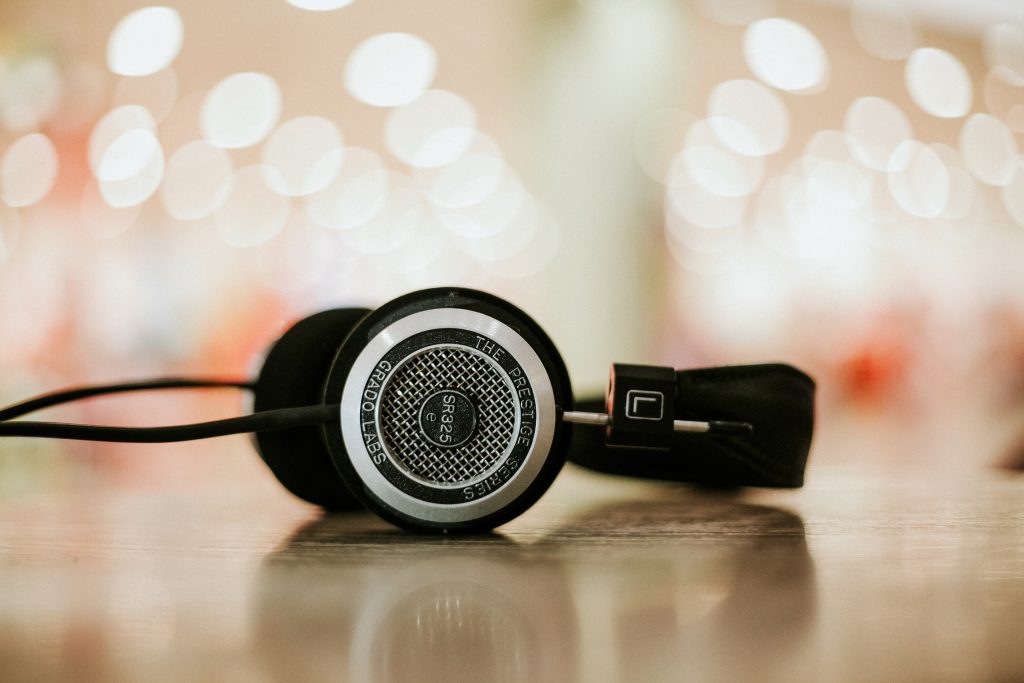
Capabilities of AI
AI has made significant advancements in recent years, enabling machines to possess various capabilities that were once exclusive to human intelligence. These capabilities are made possible through the implementation of sophisticated algorithms and technological advancements in areas such as machine learning, pattern recognition, natural language processing, and problem-solving.
Machine learning algorithms
Machine learning is a subset of AI that focuses on the development of computer systems capable of learning and improving from experience without being explicitly programmed. Machine learning algorithms enable machines to analyze large amounts of data, identify patterns, and make predictions or decisions based on the insights gained.
Pattern recognition
Pattern recognition is a key capability of AI systems, allowing them to identify and extract meaningful information from complex and unstructured data. AI algorithms can be trained to recognize patterns in images, speech, text, and other forms of data, enabling machines to perform tasks such as image recognition, speech recognition, and sentiment analysis.
Natural language processing
Natural language processing (NLP) is the branch of AI that focuses on the interaction between computers and human language. NLP techniques enable machines to understand, interpret, and generate human language, opening up possibilities for applications such as automated translation, chatbots, and voice assistants.
Problem-solving abilities
AI systems are increasingly capable of solving complex problems by emulating human problem-solving strategies. Through the use of algorithms and computational power, machines can analyze vast amounts of data, explore possible solutions, and optimize decision-making processes. This ability has far-reaching implications in fields such as healthcare, finance, and logistics.
AI in Creative Fields
AI’s impact on creative fields has been a topic of interest and debate in recent years. While traditionally seen as a domain reserved for human expression and innovation, AI has demonstrated its potential to contribute to and even generate creative works in various fields.
AI-generated art
AI has made notable strides in generating artwork that is increasingly indistinguishable from human-created art. Generative adversarial networks (GANs), a type of machine learning algorithm, have been used to create paintings, sculptures, and other forms of visual art that mimic the styles of famous artists. This AI-generated art sparks discussions about the role of AI in the creative process and challenges our notions of authorship and creativity.
AI in music composition
AI algorithms have been employed to compose music that emulates the styles of renowned composers, generating original compositions that sound remarkably human. From classical symphonies to modern pop songs, AI-generated music is blurring the line between human and machine creativity. However, debates continue regarding the authenticity and emotional depth of AI-generated music compared to compositions crafted by human musicians.
AI in writing and storytelling
AI systems have been developed to generate written content, ranging from news articles to fiction novels. These systems employ natural language generation algorithms that analyze patterns in existing texts to generate coherent and contextually appropriate content. While AI-generated writing can be useful for tasks like content generation and summarization, questions arise concerning the originality and creative depth of machine-generated stories.
AI in design and architecture
AI is increasingly being utilized in design and architecture to augment and automate creative processes. Generative design algorithms can assist architects in developing innovative structures and optimizing building designs based on various constraints and objectives. AI systems can also generate design variations and assist in material selection, speeding up the design iteration process and sparking new ideas.
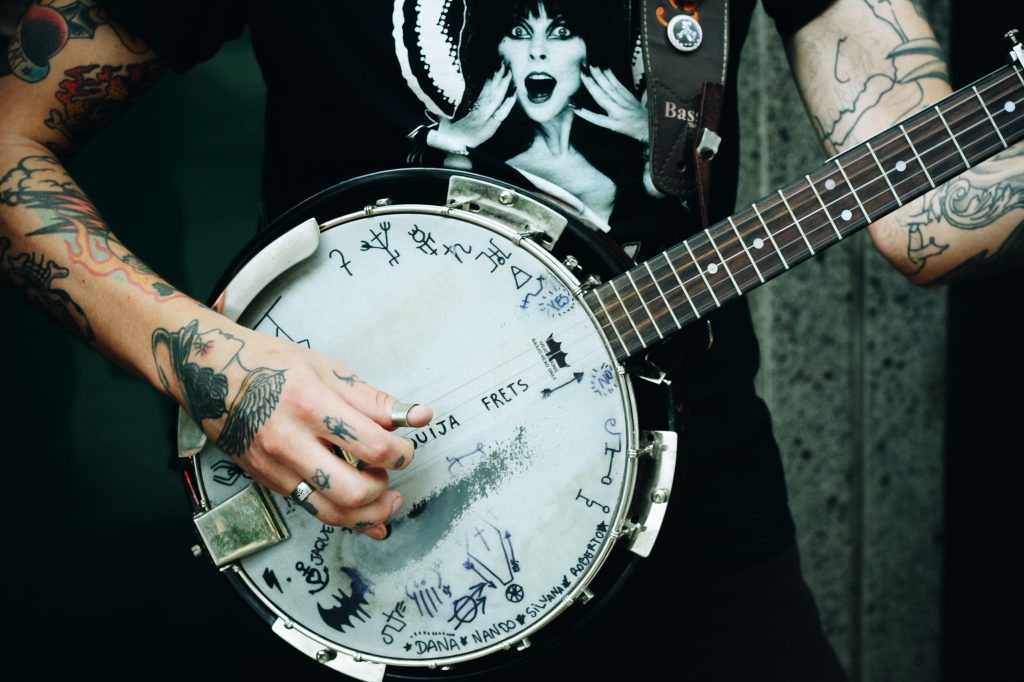
Evaluating AI Creativity
The evaluation of AI creativity poses unique challenges, as traditional methods for assessing human creativity may not be directly applicable to machines. Several approaches have emerged to evaluate and analyze the creative potential of AI, considering both objective and subjective assessments.
Turing test
The Turing test, proposed by mathematician and computer scientist Alan Turing, is one commonly used method to evaluate AI creativity. In this test, a human evaluator engages in a conversation with both a machine and another human. If the evaluator cannot consistently distinguish between the two, the machine is considered to have passed the test and is deemed capable of demonstrating human-like intelligence and creativity.
Subjective vs. objective assessments
When evaluating AI creativity, a distinction is often made between subjective and objective assessments. Subjective assessments involve human judgments of the quality and creativity of AI-generated output. These assessments take into account factors such as novelty, aesthetic appeal, and emotional impact. Objective assessments, on the other hand, focus on quantifiable measures of creativity, such as the number of new ideas generated or the adherence to specific artistic rules.
Expert opinions
Experts in the fields of AI, creativity, and related domains play a crucial role in evaluating AI creativity. Their insights and expertise can provide valuable perspectives on the strengths and limitations of AI-generated creative works. Expert opinions are often sought to provide nuanced analyses and to assess the potential impact of AI on various creative industries.
Challenges and Limitations
While AI has made remarkable advancements in creative tasks, it still faces significant challenges and limitations that hinder its ability to fully replicate human creativity. These challenges include the absence of emotions and intuition, the dilemma of originality versus imitation, the influence of cultural and historical context, and ethical considerations.
Lack of emotions and intuition
One of the limitations of AI creativity is its lack of emotions and intuition. Human creativity is often influenced by emotions, personal experiences, and intuitive insights that machines currently cannot replicate. Emotions play a crucial role in the expression of creativity and the way humans perceive and connect with creative works. AI systems, lacking emotional capabilities, may struggle to produce truly emotionally impactful and empathetic creations.
Originality vs. imitation
AI’s ability to generate content raises questions regarding originality versus imitation. While AI can create works that mimic the style and characteristics of human-generated content, there is an ongoing debate regarding the authenticity and originality of such creations. Critics argue that AI-generated works lack the truly original and innovative aspects that arise from the depth of human experience and emotions.
Cultural and historical context
Creativity is deeply influenced by cultural and historical factors, as it reflects the values, norms, and traditions of a given society. AI’s ability to understand and incorporate cultural and historical context into creative works is still limited. Machines lack the vast reservoir of cultural knowledge and the ability to navigate the complex dimensions of cultural and historical influences that shape human creativity.
Ethical considerations
AI raises ethical questions in the context of creativity. The use of AI in creative fields brings into focus issues such as intellectual property rights, plagiarism, and the role of humans in the creative process. The ethical implications of using AI-generated content and the potential for misuse or manipulation raise concerns about the authenticity and integrity of creative works.
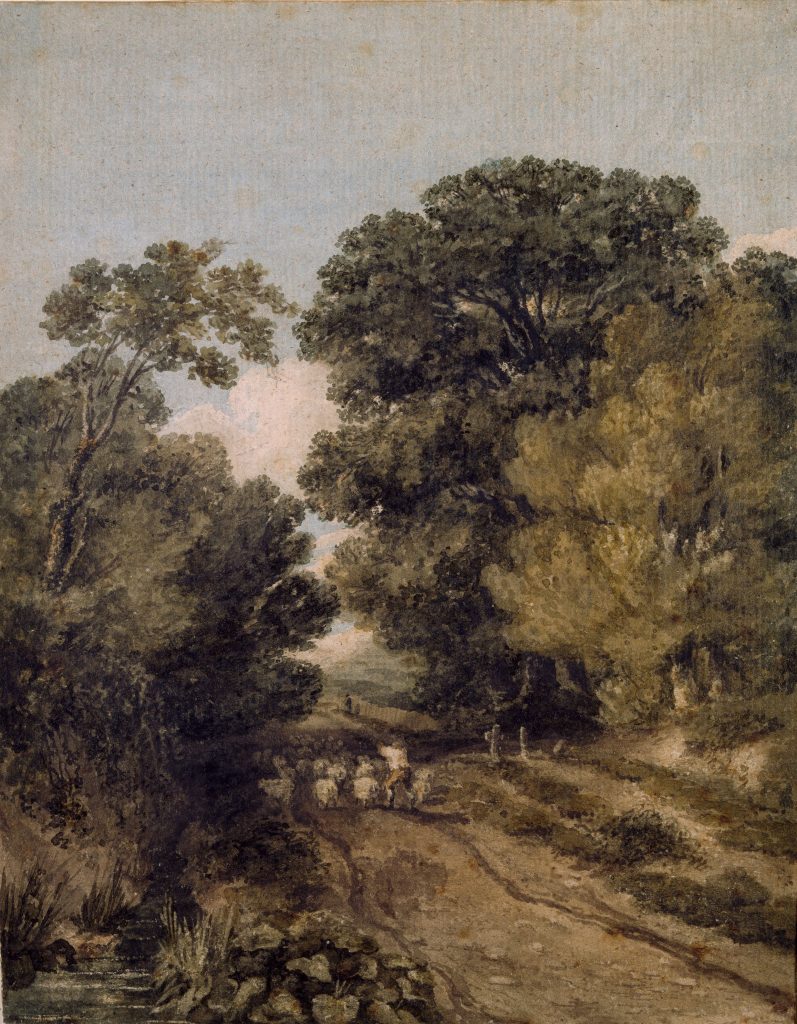
AI and Human Collaboration
Rather than replacing human creativity, AI is increasingly being viewed as a tool that can augment and enhance human creative abilities. The collaboration between humans and AI opens up new possibilities for creativity and challenges traditional notions of the creative process.
AI as a creative tool
AI can be seen as a powerful creative tool that can assist humans in various creative endeavors. By leveraging AI’s capabilities to analyze data, generate ideas, and optimize processes, humans can enhance their own creative abilities. AI tools can provide valuable insights, inspiration, and new perspectives that humans may not have otherwise considered.
Enhancing human creativity
AI has the potential to enhance human creativity by providing access to vast amounts of data, aiding in the exploration of possibilities, and facilitating innovative problem-solving. Through collaborative partnerships, humans and AI can combine their strengths to create novel and groundbreaking works. Humans can contribute their emotional intelligence, intuition, and subjective judgment, while AI can offer data-driven insights and computational capabilities.
Augmented creativity
The concept of augmented creativity envisions a future where humans and AI work together seamlessly to push the boundaries of creativity. As AI technologies continue to advance, they may become more integrated into the creative process, enabling humans to explore new realms of creativity. Augmented creativity signifies the synergy between human ingenuity and AI capabilities, leading to the emergence of novel ideas, designs, and artistic expressions.
Impact on Creative Industries
The integration of AI into creative industries has the potential to bring about significant transformations, both in terms of efficiency and productivity, as well as new opportunities and challenges.
Disruptive potential
AI has the capacity to disrupt traditional creative industries by automating certain tasks and processes. For example, AI algorithms can assist in creating computer-generated imagery in the film industry, automating routine design tasks in the advertising industry, or generating personalized recommendations in the music streaming industry. This disruption may lead to increased efficiency, reduced costs, and the emergence of new business models.
Enhancing efficiency and productivity
AI technologies can significantly enhance efficiency and productivity in creative industries. By automating time-consuming and repetitive tasks, such as data analysis, content generation, or design iterations, professionals in creative fields can focus more on high-level creative thinking and concept development. This increased efficiency enables creatives to explore new ideas and produce higher-quality output in less time.
New opportunities and challenges
AI presents new opportunities for creative industries to explore uncharted territories and experiment with innovative approaches. With AI’s ability to generate new ideas and provide data-driven insights, creative professionals can uncover novel patterns, improve decision-making processes, and discover new avenues for expression. However, this also brings challenges, such as the need to adapt to new technologies, acquire new skills, and navigate the ethical and legal implications of AI-generated works.
Job implications
The integration of AI in creative industries raises concerns regarding job displacement and the impact on employment. While AI may automate certain tasks, it also has the potential to create new job roles and opportunities. The role of creatives may evolve, requiring a combination of human skills, creative thinking, and expertise in utilizing AI tools. Adaptability and continuous learning will be crucial for professionals in creative industries to thrive in an AI-driven landscape.
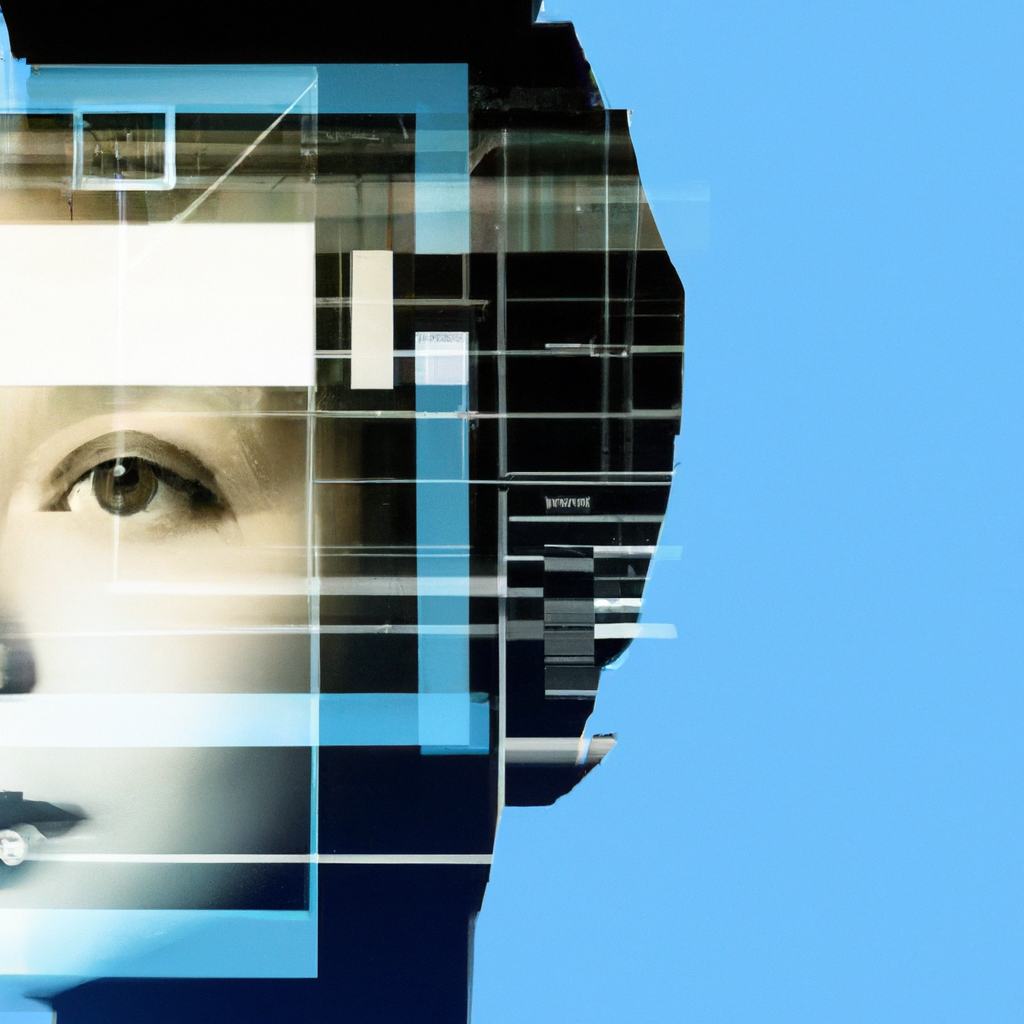
The Future of AI and Creativity
As AI continues to advance, the future of AI and creativity holds immense potential. The synergy between human creativity and AI capabilities is likely to reshape creative industries, expand the boundaries of artistic expression, and lead to novel breakthroughs.
Advancements in AI technology
Advancements in AI technology are expected to further improve the capabilities and creative potential of AI systems. Machine learning algorithms will become more sophisticated, enabling AI to generate even more realistic and innovative content. Natural language processing will continue to improve, allowing for more natural and interactive human-machine communication. These advancements will drive the evolution of AI creativity and its integration into various creative fields.
Emerging trends
Several emerging trends are shaping the future of AI and creativity. Collaborative AI systems, where AI is designed to work alongside humans in real-time, are gaining traction. The combination of AI with emerging technologies such as virtual reality and augmented reality opens up new possibilities for immersive and interactive creative experiences. Additionally, the ethical considerations surrounding AI art, writing, and music are receiving increased attention, prompting discussions on authenticity, authorship, and the value of human creativity.
Expanding creative boundaries
The integration of AI and creativity has the potential to break traditional boundaries and push artistic expression to new frontiers. As AI systems continue to learn and evolve, they may develop a level of creativity that is distinct from human creativity, introducing fresh perspectives and inspiring novel forms of art, music, literature, and design. This expansion of creative boundaries can foster innovation, challenge existing conventions, and shape the future of human expression.
Conclusion
The relationship between AI and creativity is a dynamic and evolving one. AI exhibits remarkable capabilities in creative tasks, generating art, music, and literature that closely resemble human creations. However, AI creativity is not a replacement for human creativity but rather a powerful tool that enhances human potential. By collaborating with AI, humans can explore new realms of creativity, leverage AI’s analytical capabilities, and create groundbreaking works that push the boundaries of human expression. The future of AI and creativity holds immense potential, and striking the right balance between AI and human creativity will allow us to explore the full extent of our creative capabilities.






